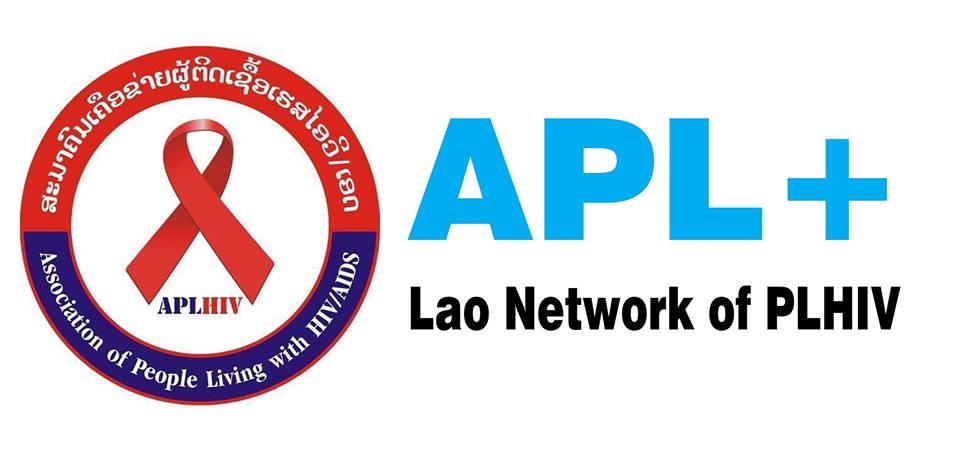A bout Organization The Lao Network of people living with HIV/AIDS (LNP+) was established in 2003 under the umbrella of the Lao Red Cross and Australian Red cross, LP+ aim to work with the people living with HIV/AIDS (PLHIV) nationwide with an emphasis in 12 provinces, based on decrees of Association No. 115/PM, dated April 29, 2009. In 2010 requested to registries according to government’s degree (MOHA), The LNP+ was registered as a legal entity and the registration has been officially approved since June 28, 2012 as the Association of People Living with HIV/AIDs Network (APL+). LNP+ changed the name from PLHIV network into Association of People living with HIV/AIDS (APL+) In 2011, the APL+ expanded the network into 12 provinces (12 self-support groups) around the country with707 PLHIV members, including 341 women. Currently, total members are 1,200 people, including 404 females, who registered with self-support groups (SG). There are 32 permanent members including14 females in 13 SG in 13 provinces. We divided into 3 regions, in each region, there are 3 people taking a leading role of each region (total 9 people, 4 females). Namely: 1. Northern region: Xayabouly, Laungprabang, Udomxay, Laungnamtha , Borkeo, Houphan 2. Centre region: Vientiane capital, Vientiane province, Bolikhamxay, 3. Southern region; Khammoun, Savanaketh, Salavan, and Champasak).VISION All PLHIV have a better quality of life and that all PLHIV have equal rights in society and living without stigma and discrimination MISSION 1. To strengthening the coordination in partnerships with the Lao government and CSOs as well as CBOs responding to HIV/AIDS in Lao PDR. 2. To acting as representative and key voice of PLHIV in Laos. 3. To be involved with all works related to HIV/AIDS responses and services. VALUE: All equality access to services of all human being Strategy goals 1. Policy advocacy on health issues and HIV/AIDS in Laos and regional 2. Build the capacity for key population (people living with HIV/AIDS) at all levels and to respond to the national HIV/AIDS strategic plans 3. Care and support PLHIV including women, children and vulnerable people by home visit, home bass care and monitoring and follow up for PLHIV who lost follow up 4. Strengthening of coordinator from center and members network in provinces in services area and treatment services in efficiency manner. 5. Promote the rights of PLHIV and encourage PLHIV access to health facilities 6. Community campaign to reduce stigma discrimination among PLHIV and communities
| Sector | |
|---|---|
| Countries | |
| Contacts |
|
| Addresses |
|
| Online | |
| Keywords |

